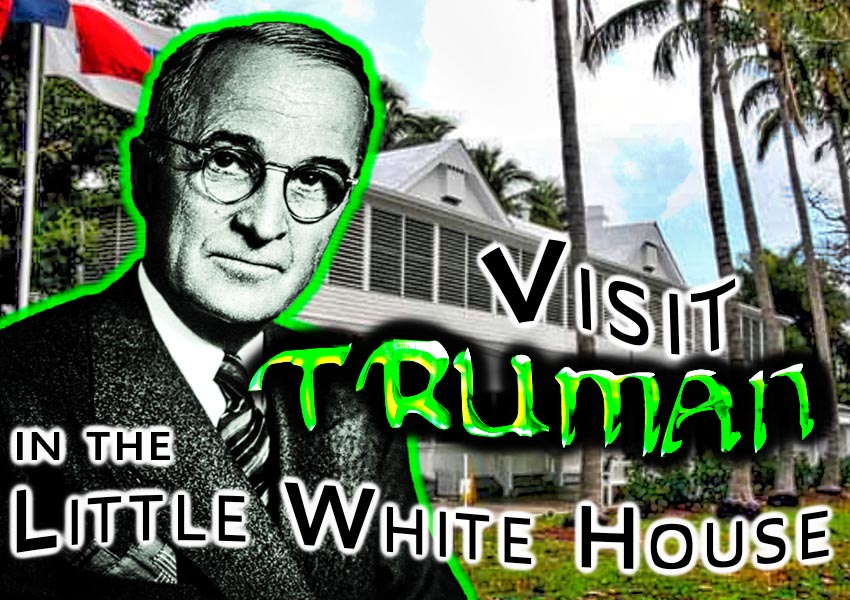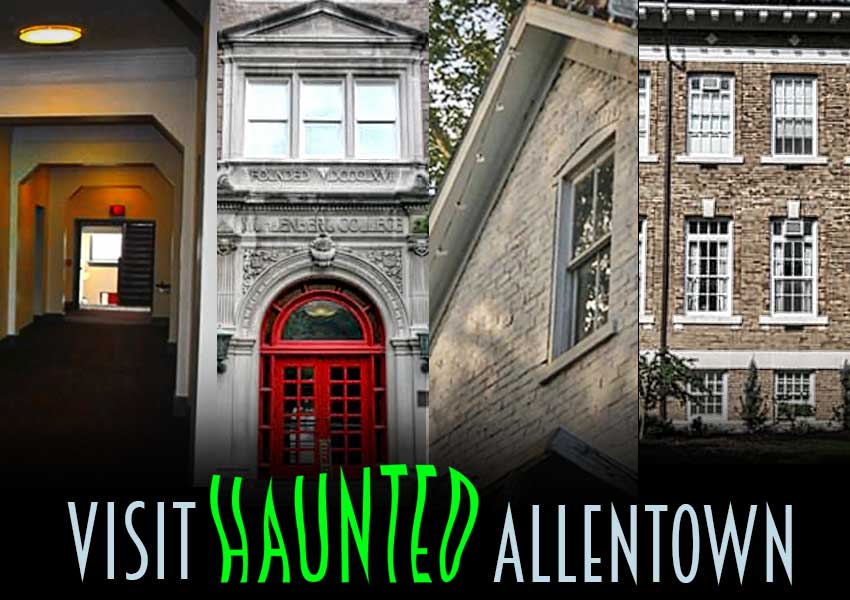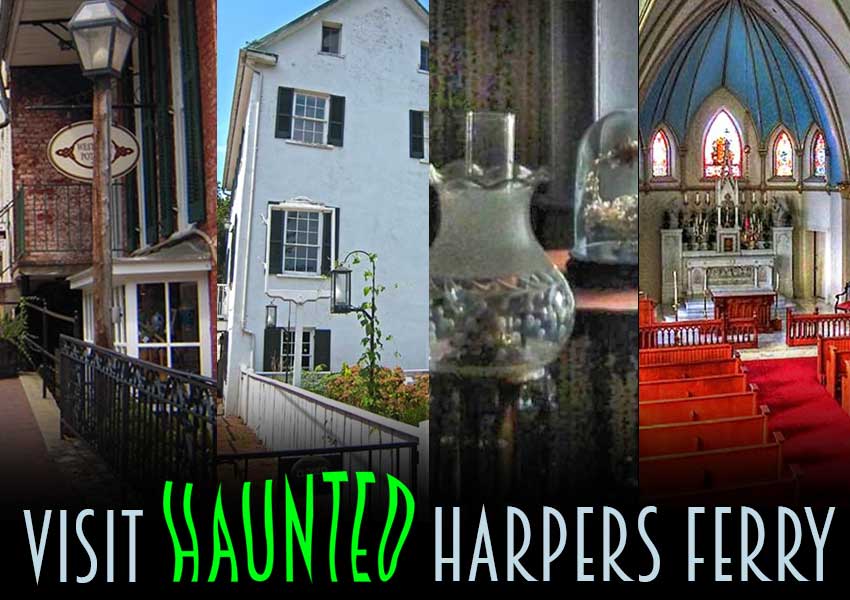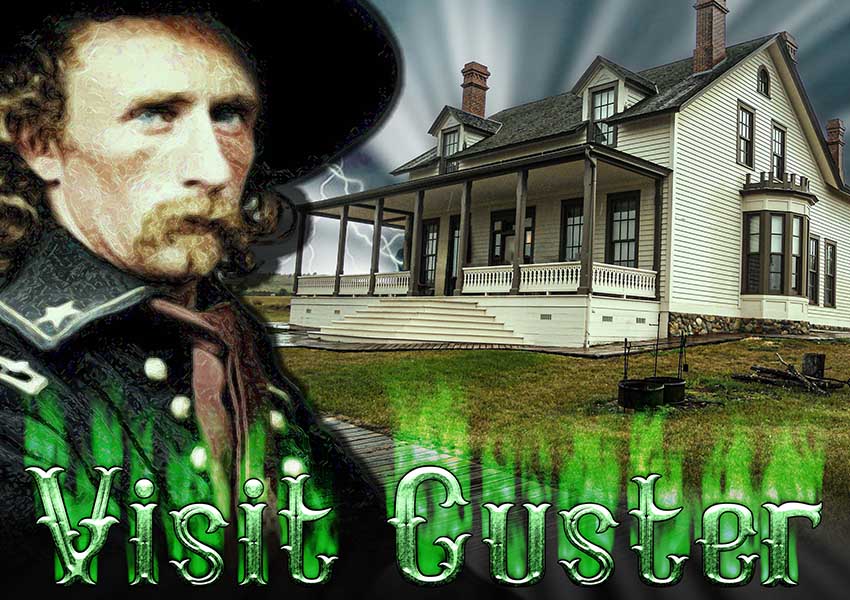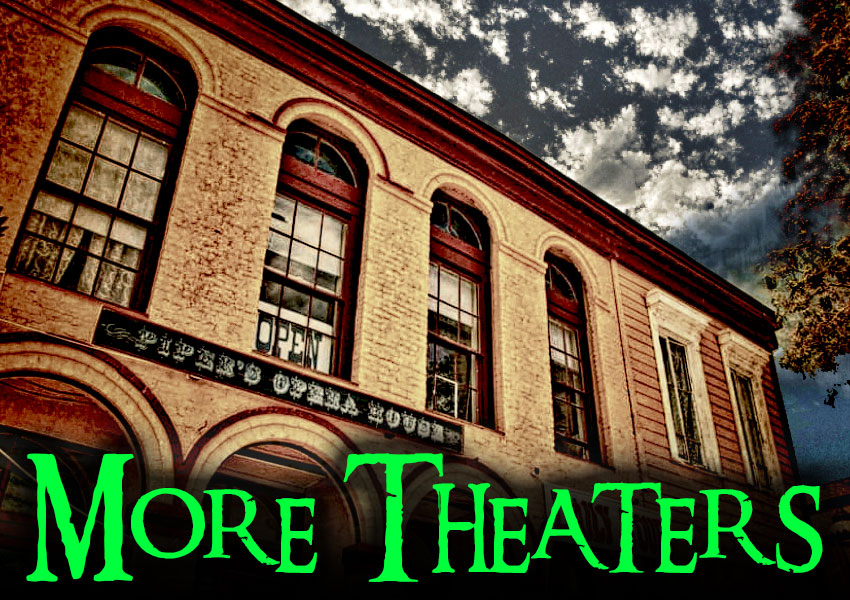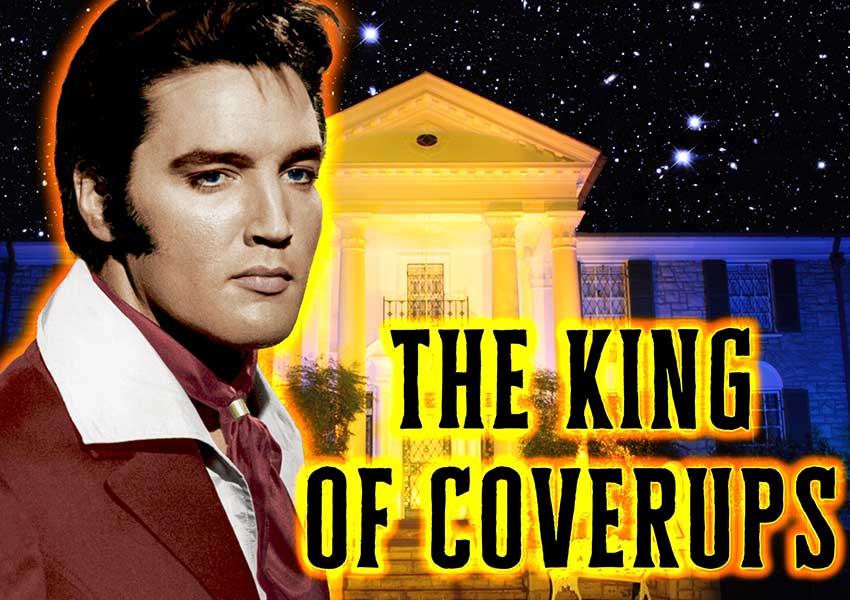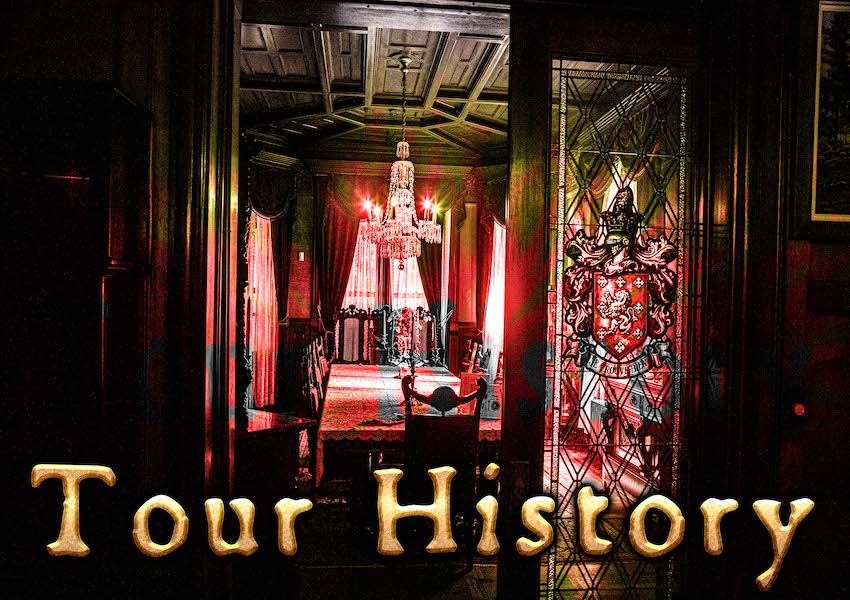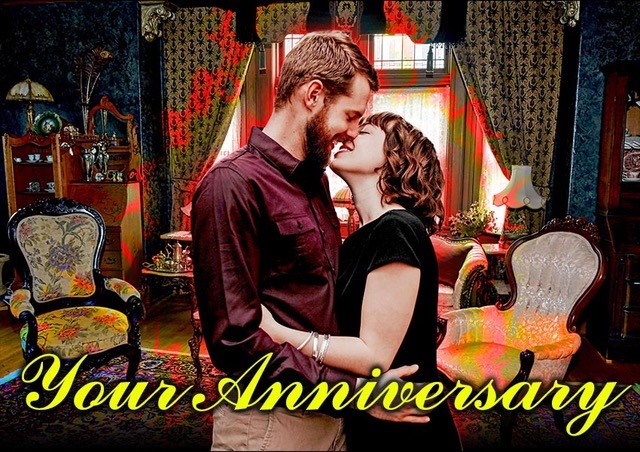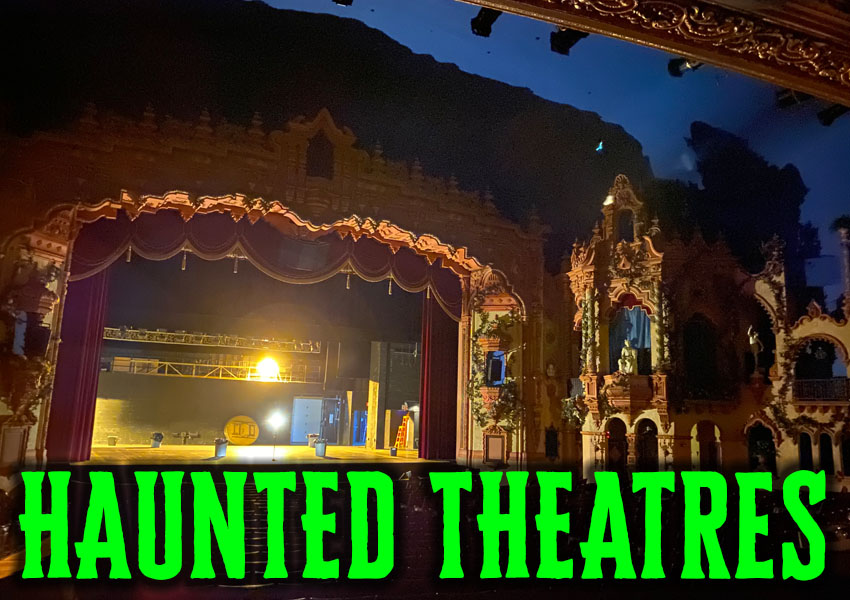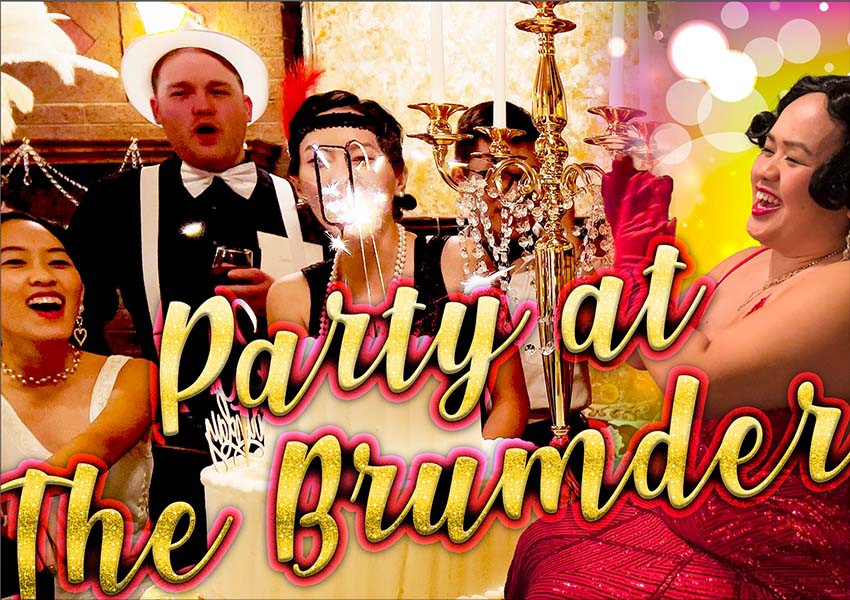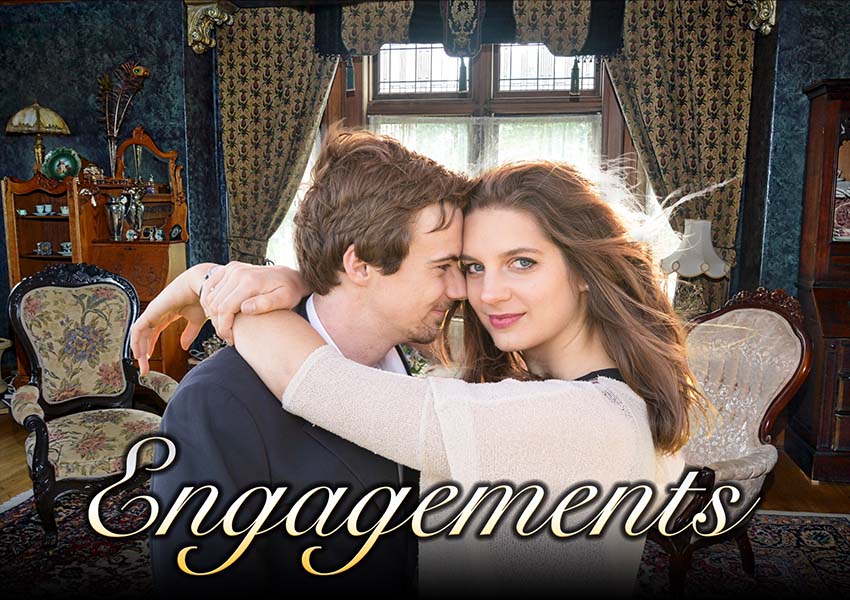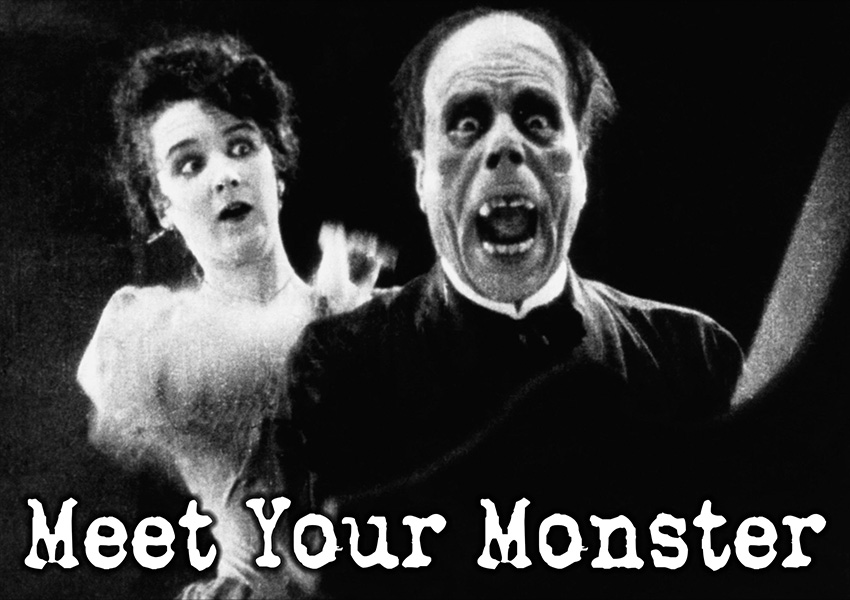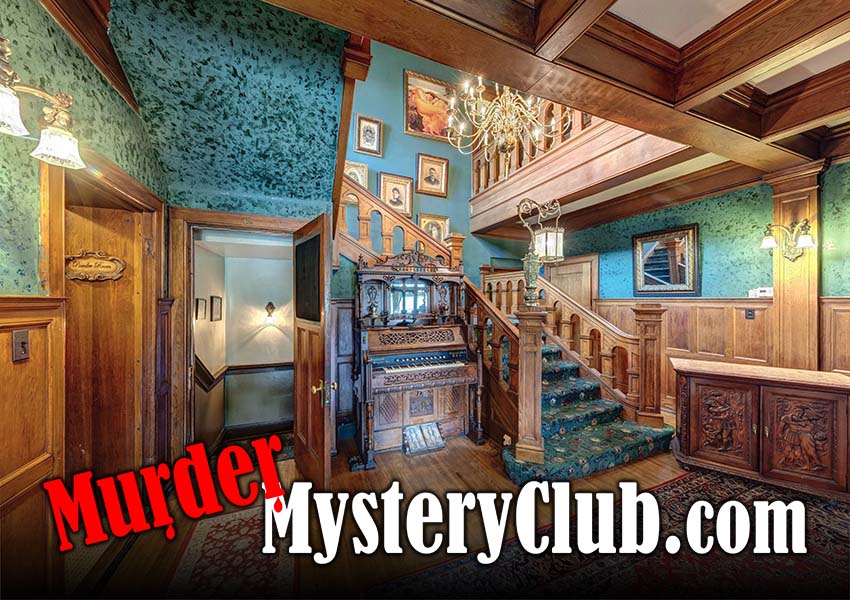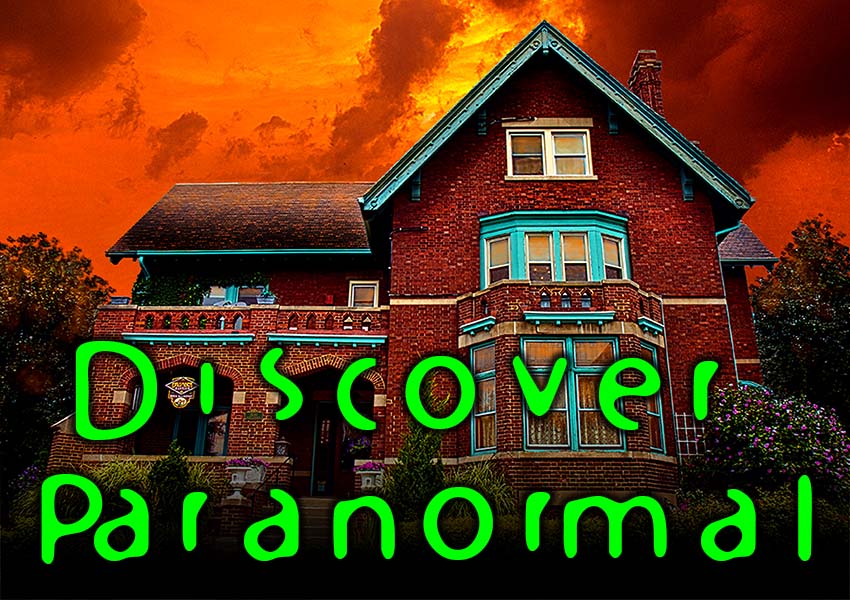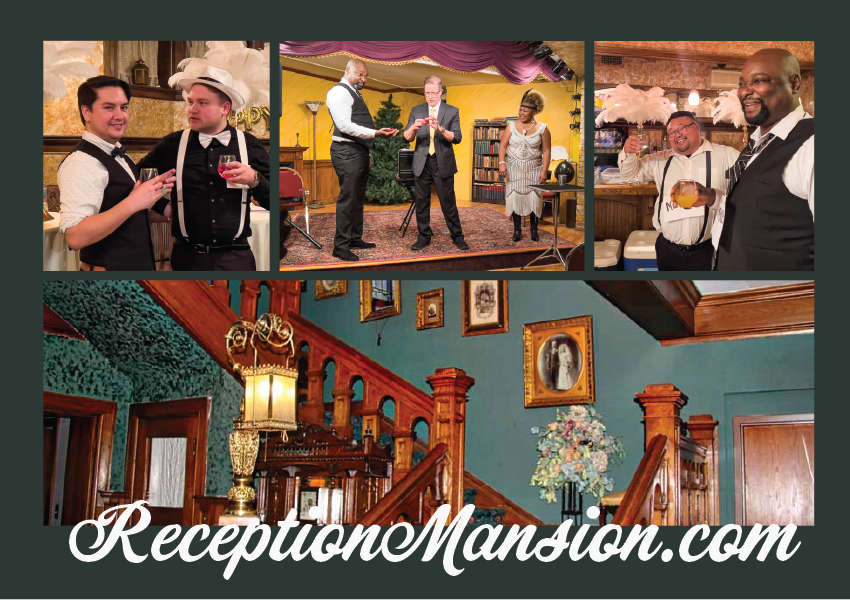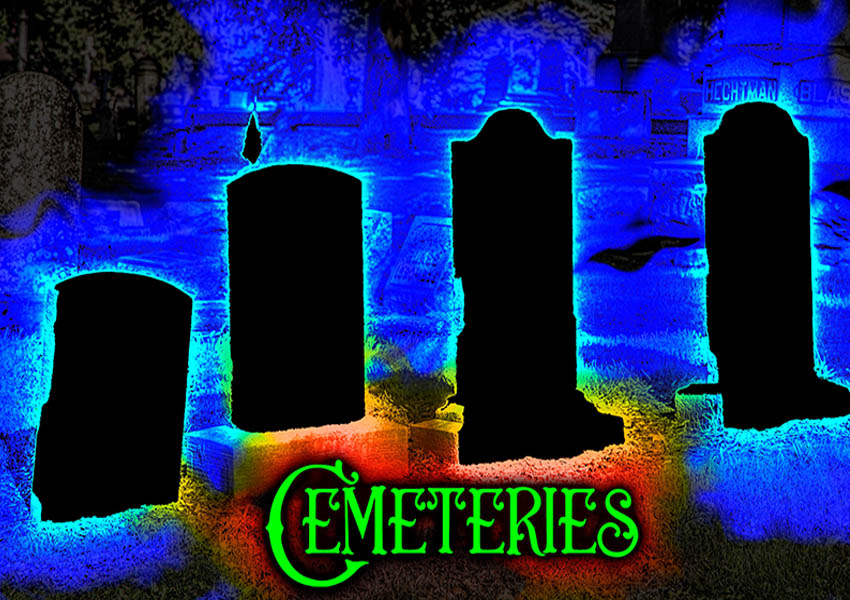Alexandria Virginia
Gadsby’s Tavern Museum
A female spirit who died here is a permanent resident.
Many think she had something to hide…
DESCRIPTION
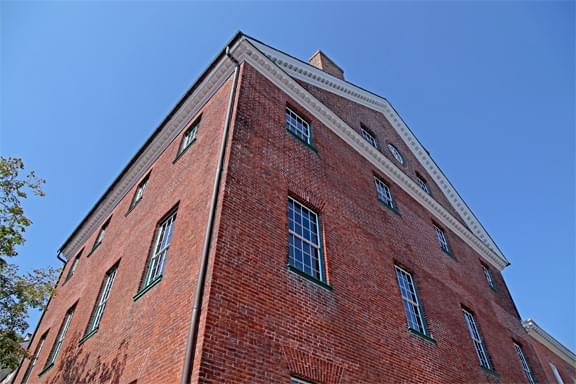 Gadsby’s Tavern Museum is made up of two, connected 18th Century brick buildings built seven years apart. A staircase connects the two buildings. The museum tour includes the rooms in both buildings.
Gadsby’s Tavern Museum is made up of two, connected 18th Century brick buildings built seven years apart. A staircase connects the two buildings. The museum tour includes the rooms in both buildings.
The two story Georgian building on the left is the earlier Colonial tavern built in 1785, and now is home to the Gadsby’s Museum; a place run by the city of Alexandria as “a museum dedicated to preserving and interpreting the social and cultural heritage of Alexandria by teaching the public about the site and its significant contributions.”
The outside of this 1785 brick building that was the original tavern, has a nice display of Georgian architecture, with an elaborate door frame, and matching decorative windows, dormers on the top attics, plus beautiful dentils along the roof top.
Besides being a cultural history museum, the public can rent the Assembly Room for their social event or for a corporate retreat. Looking at the outside of the attached three story 1792 City Hotel/dining facility building, the visitor can notice just enough Georgian features to match the older building to its left. While the windows are plain, they have the same shape. The door frame, the dentils, and the dormers all match the older building.
The attached three story brick building on the right does have a grander show of beauty of American Decorative Arts on the inside, with a dining room on the first floor, rooms on the second and third floors plus a gorgeous ballroom located on the left side of the second floor. The Ballroom can be rented for all kinds of event are still held here.
The ballroom was so beautiful and impressive, it was used a lot for special events. The original ballroom was sold to the Metropolitan Art Museum, but it was replaced with replica art when the two buildings were restored to their former grandeur.
The public can rent one or both rooms offered for social events. In the Gadsby’s Tavern Museum: The Assembly Room. In the 1792 building now called Gadsby’s tavern, and the 2nd story Ballroom that is located just up the stairs from the first floor Assembly Room.
HISTORY
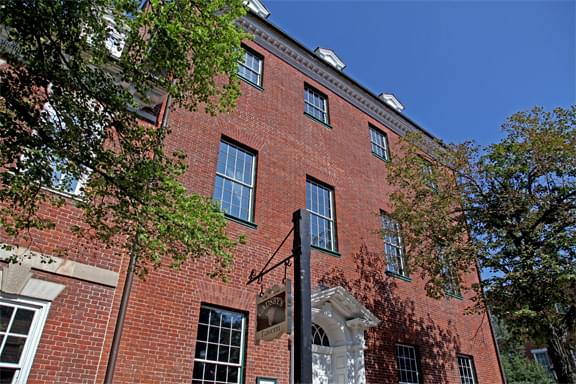 This two building property, that was built in the heart of Alexandria’s business district has long been a perfect place to have a drink, a great meal, political and social events, and inn accommodations. Alexandria was located on the first national highway; Royal Highway, that provided a stable route to Philadelphia, the United States Capitol.
This two building property, that was built in the heart of Alexandria’s business district has long been a perfect place to have a drink, a great meal, political and social events, and inn accommodations. Alexandria was located on the first national highway; Royal Highway, that provided a stable route to Philadelphia, the United States Capitol.
This area around the Gadsby’s Tavern had long been a favorite spot to have a commercial pub. John Wise purchased the corner lot in 1782. Gadsby’s Tavern was constructed in 1785, during the post war building boom experienced in Alexandria, Virginia. It’s location in the heart of the business district helped it to become the center of social and political activities.
It became a popular watering hole for political leaders, both regional and national, who met in Gadsby’s Tavern. Some of the political movers and shakers that helped to form America who loved this tarvern were George Washington, John Adams, Thomas Jefferson, James Madison, James Monroe, and the Marquis de Lafayette. George Washington, when in retirement at Mount Vernon, continued to visit the Gadsby’s Tavern, as he lived only nine miles away.
In 1792, John Wise was still the owner of this tavern. John Wise was inspired to build an attached building. he envisioned a grander, three storied structure to serve as a high end hotel, featuring a grand ballroom for special events found on the second floor, and a upper class dining room on the first floor; to offer fine meals to those who wanted a special dinner in an elegant atmosphere. There were hotel rooms for guests located off the ballroom, and on the third floor as well.
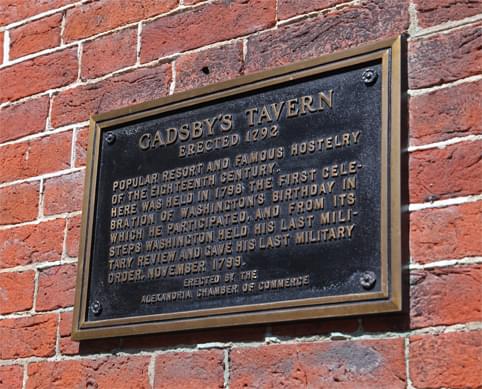 The ballroom, located on the left half of the second floor was a real work of art, so elegant and impressive, and became very popular with all in need of a big place to host parties, dances, wedding receptions, political affairs and celebrations of all kinds. John Wise spent a lot of money to make the decor elegant and breath-taking. This investment paid off handsomely.
The ballroom, located on the left half of the second floor was a real work of art, so elegant and impressive, and became very popular with all in need of a big place to host parties, dances, wedding receptions, political affairs and celebrations of all kinds. John Wise spent a lot of money to make the decor elegant and breath-taking. This investment paid off handsomely.
In 1796, an Englishman by the name of John Gadsby became the proprietor, and the business boomed in both social and political events, as well as enjoying a hearty income boost from both The Gadsby Tavern and The City Hotel. The City Hotel’s glorious ballroom was the place to celebrate occasions and events, theatrical performances and concerts, meetings of all kinds.
In 1797 and 1798, George Washington was the guest of honor at his birthday celebration bashes that took place on the second floor ballroom; planned by his many friends and admirers. In 1799, George Washington, while standing on the steps, did his last military review of troops and gave his last order as well.
After John Wise died in 1815, the buildings passed through several owners who used the buildings in different ways. Besides being used as tavern and hotel, the spaces within both buildings became lawyers’ offices, auction houses, and possibly were used as hospitals during the American Civil War.
One hundred years later, this property had seen better days. The City Hotel was in woe-be-gone shape, no longer being used as a hotel, but became rental space for what was called “odd shops.” The ballroom continued to bring in some funds, as did the dining room, but these two didn’t make up for the money that used to come in from the hotel.
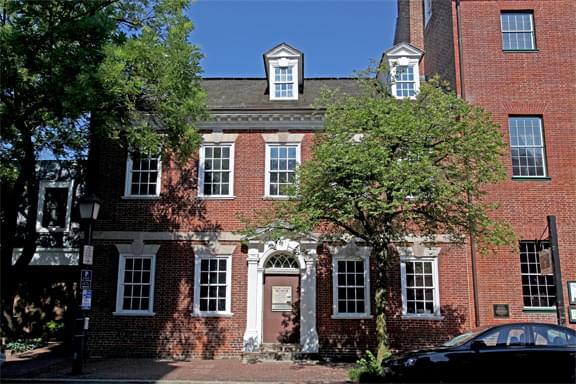 On May 17th, 1917, The Metropolitan New York Art Museum negotiated with the owners “to purchase architectural elements from the hotel. Seeing the writing on the wall, the owners were eager to make some money and preserve parts of the hotel as well. The Met purchased the unique musicians gallery, cornice, door frames, and mantelpieces from the ballroom. Two mantelpieces from the City Hotel dining rooms and the exterior doorway were also sold.
On May 17th, 1917, The Metropolitan New York Art Museum negotiated with the owners “to purchase architectural elements from the hotel. Seeing the writing on the wall, the owners were eager to make some money and preserve parts of the hotel as well. The Met purchased the unique musicians gallery, cornice, door frames, and mantelpieces from the ballroom. Two mantelpieces from the City Hotel dining rooms and the exterior doorway were also sold.
On November 11, 1924, the American Wing of The Metropolitan Museum of Art — featuring the permanent installation of the recreated Gadsby’s Tavern Ballroom with original woodwork (now named the “Alexandria Ballroom”) — opened to the public.”
Finally, when it was in danger of being torn down, its history with the founding fathers is what motivated patriotic groups and the City of Alexandria to come to its rescue.he buildings were saved and preserved by efforts first undertaken by F. Clinton Knight and carried on by the American Legion, Post 24. F. Clinton Knight, leader of Post 24, Knight mortgaged his house to help buy these dilapidated buildings. These groups raised money, with one gentleman even mortgaging his home to restore both buildings.
They hired the brilliant Thomas Tileston Waterman; who was an architect who specialized in Colonial architectural presentation and restoration. He is an excellent job making sure that both buildings were restored the way they were when they opened for business once again in 1976. The hotel was not reopened, but the rooms are part of the museum tour, with exhibits that show Colonial life.
The old Gadsby’s Tavern building was restored in the Georgian style; inside and outside. Waterman oversaw the recreation of the American Decorative Art Style and the early Federal Art Style found in the interior of The City Hall building.
The original, beautiful ballroom that originally was built in The City Hotel, was recreated with replicas of the artistic decor that was sold to the Metropolitan Museum of Art. It once again became the place for social and community events. The first floor dining room in The City Hotel was leased to a restaurant proprietor who opened Gadsby’s Tavern and Restaurant. The older building was turned into Gadsby’s Tavern Museum.
HISTORY OF MANIFESTATIONS
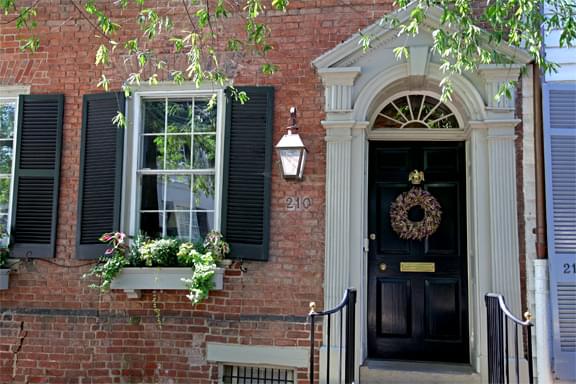 The story goes that in 1816, a man and a woman got off the boat from the West Indies, and booked room #8 at the City Hotel. Soon after checking in, the woman became ill, and got worse and worse until a few days later she was on her death bed. She made everyone promise not to reveal either her or her husband’s name. She died and was buried with a lovely poem on her tombstone and with only the listed name, “Female Stranger.”
The story goes that in 1816, a man and a woman got off the boat from the West Indies, and booked room #8 at the City Hotel. Soon after checking in, the woman became ill, and got worse and worse until a few days later she was on her death bed. She made everyone promise not to reveal either her or her husband’s name. She died and was buried with a lovely poem on her tombstone and with only the listed name, “Female Stranger.”
After the funeral, her husband left without paying anyone; including the hotel bill, doctor’s fees and burial costs. While this lack of payment for anything caused much disappointment and fury, the promise made to the couple to not reveal their names was honored, and their names were scrubbed off the City Hotel register. They didn’t want the world to know their real identities. Hmmmm. People wondered why.
This started tongues wagging, speculating about who these two people really were, and what they were planning, despite giving the impression that they were “well-heeled” and well-to-do; perhaps posing as rich guests.
The actions of both of them suggested that they perhaps had ulterior motives and were harboring secrets. It was speculated that both of them were con artists, who had come to Alexandria to take the city for a ride. If she hadn’t gotten deathly sick, things could’ve been a lot worse financially for the people they were planning to fool; so went the reasoning. They could’ve been hiding from law enforcement.
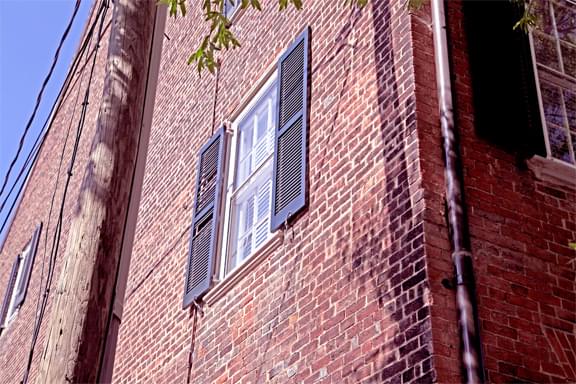 Another theory was that the woman was Aaron Burr’s daughter, Theodosia, who was supposed to of died at sea, four years ago while taking a boat to meet her father Aaron who was finally able to return to New York. They think she faked her death to be able to elope with her beloved. Facts can get in the way of theories. Theodosia was devoted to her father Aaron Burr, and had been anxious to see him after he was detained by the British in Great Britain because of the War of 1812. She would not of done what they gossiped about.
Another theory was that the woman was Aaron Burr’s daughter, Theodosia, who was supposed to of died at sea, four years ago while taking a boat to meet her father Aaron who was finally able to return to New York. They think she faked her death to be able to elope with her beloved. Facts can get in the way of theories. Theodosia was devoted to her father Aaron Burr, and had been anxious to see him after he was detained by the British in Great Britain because of the War of 1812. She would not of done what they gossiped about.
They perhaps were hiding from family and friends. Other theories include: It was an aristocratic woman who had eloped with her commoner boyfriend. Perhaps she was the one with all the money, to which the man had no access to once she died. This would explain why he skipped town.
Another theory goes along the same line of thinking: The woman had run away from her marriage to have an affair with her penniless lover.
The most outlandish thought was that the woman was really a man; some think Napoleon. Homosexuality was taboo in this time frame, and perhaps they were trying to hide this fact from family and friends.
The entity of the woman who died here has become a permanent resident. Some possible reasons why she is still here are listed below.
People who die unexpectedly sometimes are restless, finding comfort in places that please them as they wrestle with the reality of their death. Some were stopped by death before doing something they were really looking forward to doing, experiencing, and finding happiness at last.
People who die suddenly with personal secrets, shame, and unresolved business, guilt and regrets, sometimes can’t rest. They are looking to find a way to: follow through on an obligation, release their remorse or regret of what they had done, confess failed relationships and wanting to correct them.
Sometimes spirits like to hang around the place that they died, especially if it is a special place or holiday destination. Sometimes spirits make an appearance near where they were buried.
MANIFESTATIONS
Unknown Female Entity
Described as a gentle soul who is trying to enjoy the beauty of the hotel. She tries to participate in activities offered in this world, even if she is in spirit.
Dressed in an evening gown, she sometimes likes to crash events in the ballroom.
At one ballroom dance around the turn of the 20th century, a young man saw this lovely unknown female in solid form dressed in an early 19th century gown, standing across the room from him. She smiled at him and wanted to dance. He sent across the room to ask her to dance but she floated out the door and disappeared outside room 8.
She has been seen in her old hotel room, Room #8, and walking the hallways of The City Hotel building, feeling right at home.
She made an appearance in the downstairs dining room, perhaps wanting to be seated, or have room service brought to her room.
A young college student on summer break had just gotten a job as a waitress. On her first day, she had gotten her order from the kitchen to bring to a table. When she turned around, the female entity was standing right in front of her, in semi-solid form, staring at her. The startled college student, dropped her order and ran out of the dining room. Needless to say, the entity didn’t get her order in.
To get a change in scenery, she also has been seen strolling around the area of her grave.
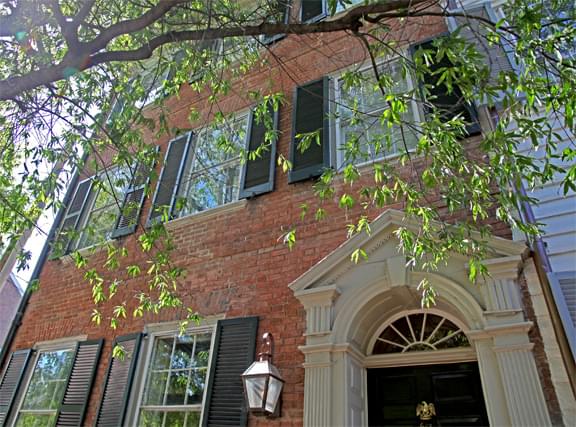
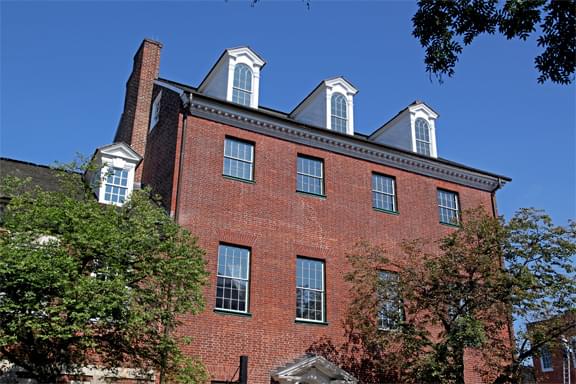
STILL HAUNTED?
Probably So. She apparently has chosen to spend her afterlife in the old City Hotel building, with walks in Saint Paul’s Cemetery as well
Personal experiences have been reported for many, many years of seeing this unknown female entity, which began soon after her death.
Not much is posted when it comes to hard evidence. While on one historic tour, though, an investigator did have a personal experience near Room 8 and caught some interesting evidence on her cell phone.
LOCATION
134 North Royal Street,
Alexandria, Virginia 22314
The two buildings of Gadsby’s Tavern and Museum can be found on North Royal Street, between Kings Street and Cameron Street. It is an easy walk from William Ramsay House, now the Alexandria’s Visitor Center.
SOURCES INCLUDE
- The Ghosts of Virginia, Volume 1
By L.B. Taylor, Jr.
Progress Printing Co., Inc. – 2003 - amandabrice.net
- mosthauntedvirginia.blogspot.com
- www.alexandriava.gov
- gadsbystavernrestaurant.com
- alexandriava.gov
- visitalexandriava.com
- historicalexandriafoundation.org
Our Haunted Paranormal Stories are Written by Julie Carr
Our Photos are copyrighted by Tom Carr
Visit the memorable… Milwaukee Haunted Hotel

